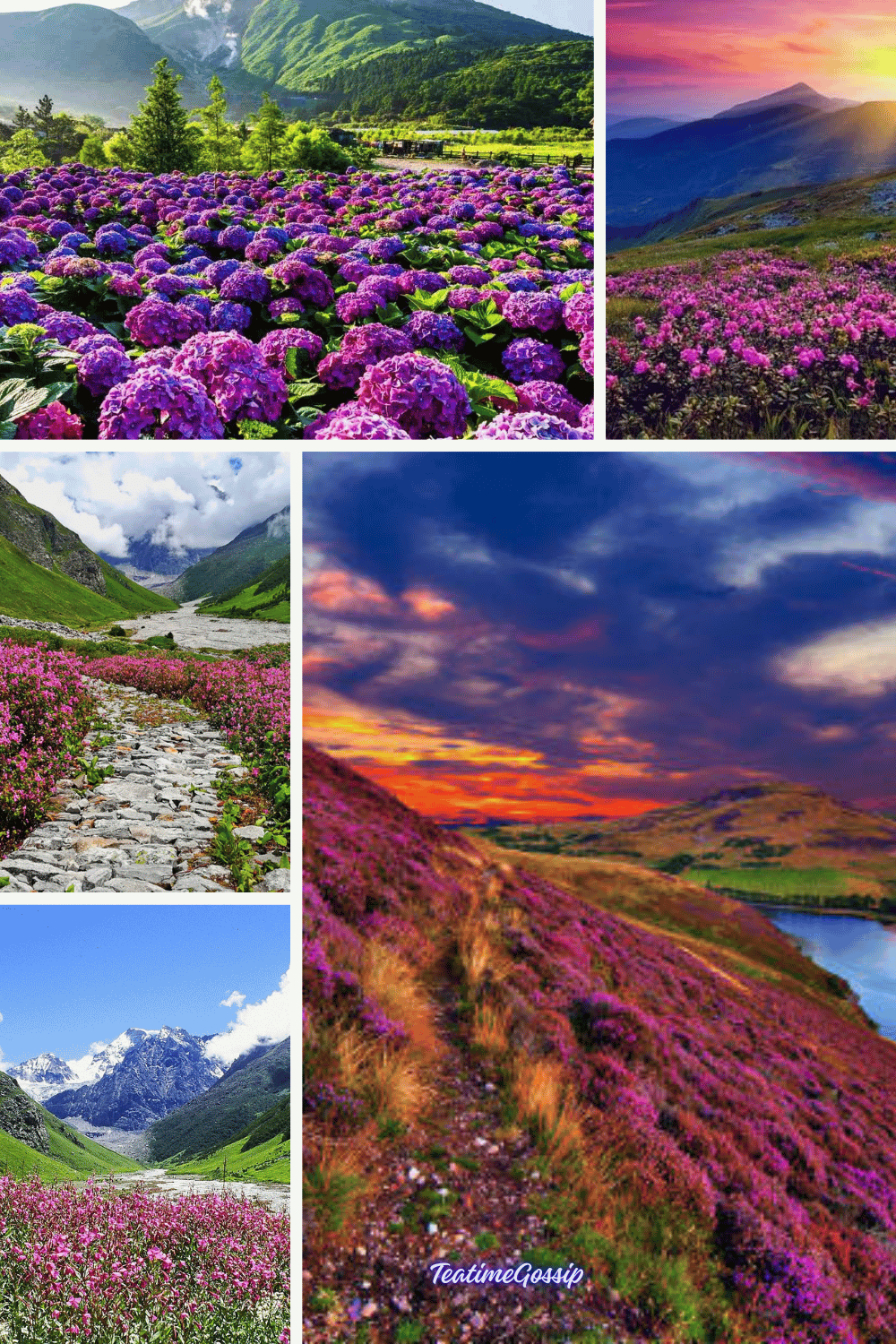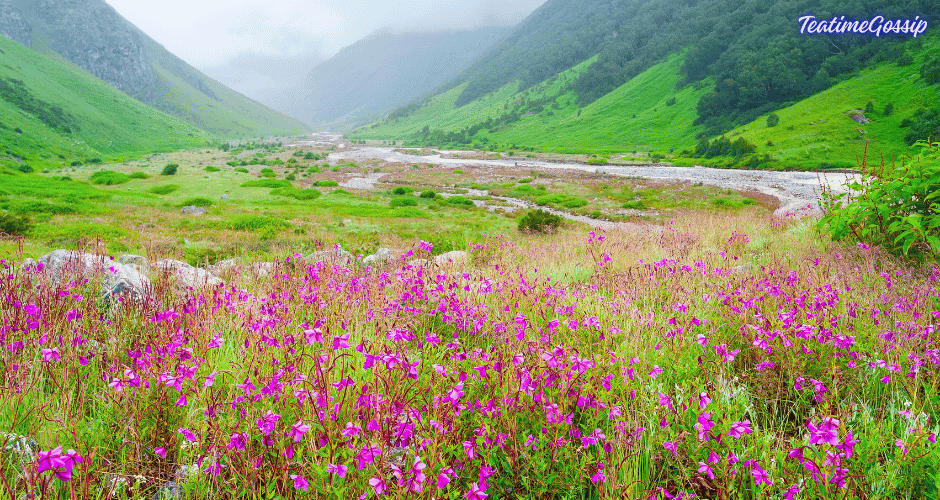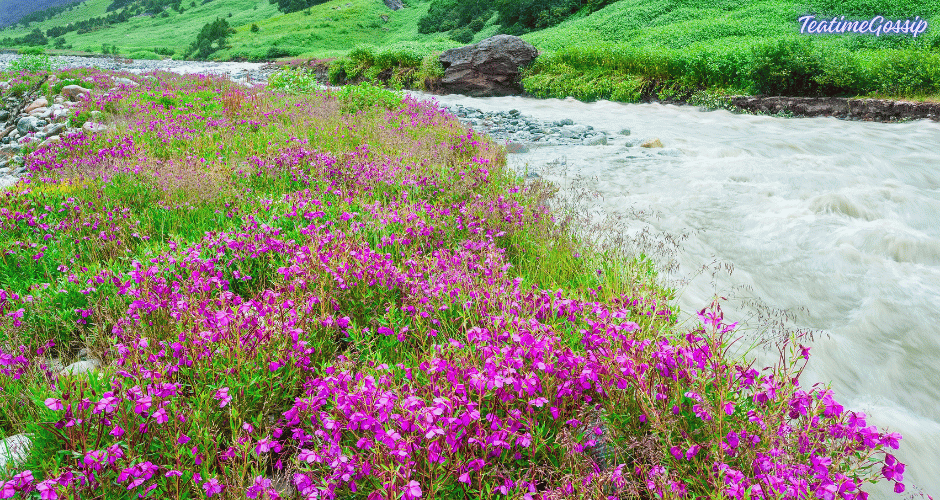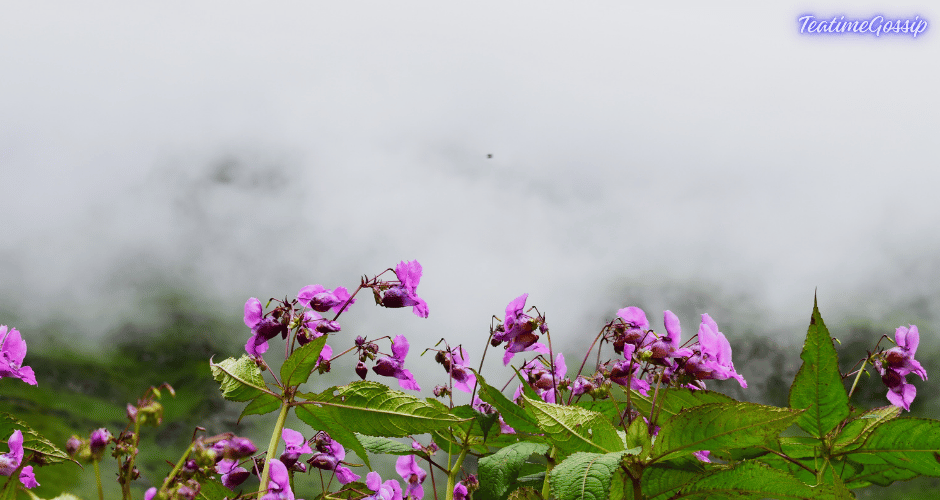Valley of Flowers: A UNESCO World Heritage Site

Nestled in the Western Himalayas, the Valley of Flowers is a breathtaking national park in the state of Uttarakhand, India. Famous for its meadows of endemic alpine flowers and the variety of flora, the valley is a visual treat and a biodiversity hotspot. Its captivating beauty and significant ecological value have earned it a spot on the UNESCO World Heritage list.
History and Discovery
The Valley of Flowers was discovered by the British mountaineer Frank S. Smythe in 1931 when he and his team lost their way while returning from a successful expedition to Mt. Kamet. Enchanted by the pristine beauty of the valley, Smythe wrote about his experiences in the book “The Valley of Flowers,” bringing global attention to this hidden gem. The valley was later declared a national park in 1982 and became a UNESCO World Heritage Site in 2005.

Flora and Fauna
The valley is renowned for its rich diversity of flora. During the monsoon season, from late June to early September, the valley comes alive with a vibrant carpet of flowers. Over 600 species of flowers, including the Brahma Kamal, Blue Poppy, and Cobra Lily, bloom here. These flowers are complemented by a variety of ferns, herbs, and shrubs, making the valley a botanist’s paradise.
The fauna of the Valley of Flowers is equally diverse. It is home to several endangered and rare species, such as the Asiatic black bear, snow leopard, musk deer, red fox, and blue sheep. Birdwatchers can also spot an array of avian species, including the Himalayan monal pheasant, one of the most colorful birds in the region.
Trekking to the Valley
The trek to the Valley of Flowers is a rewarding experience for nature lovers and adventure enthusiasts. The journey begins at Govindghat, a small town on the banks of the Alaknanda River. From there, trekkers ascend to Ghangaria, a scenic village that serves as the base camp for treks to the valley. The trail is lined with lush greenery, waterfalls, and picturesque landscapes.

The trek from Ghangaria to the Valley of Flowers is approximately 4 kilometres and is relatively moderate in difficulty. The path winds through dense forests, alongside streams, and over quaint wooden bridges, leading to the floral wonderland. Trekkers are greeted with a spectacular panorama of blooming flowers set against the backdrop of snow-capped peaks.

Conservation Efforts
Given its ecological significance and fragile environment, the Valley of Flowers is protected by strict conservation measures. The number of visitors is regulated to minimize human impact, and camping is prohibited within the park to preserve its pristine condition. Local communities, along with government agencies and non-governmental organizations, play a crucial role in maintaining the valley’s ecological balance.
Conclusion
The Valley of Flowers is a testament to nature’s splendor and a reminder of the importance of preserving our natural heritage. Its enchanting beauty and rich biodiversity continue to captivate the hearts of those who visit, making it a must-see destination for anyone seeking to connect with the majesty of the Himalayas. Whether you are a botanist, a trekker, or simply a lover of nature, the Valley of Flowers offers an unforgettable experience that leaves a lasting impression.